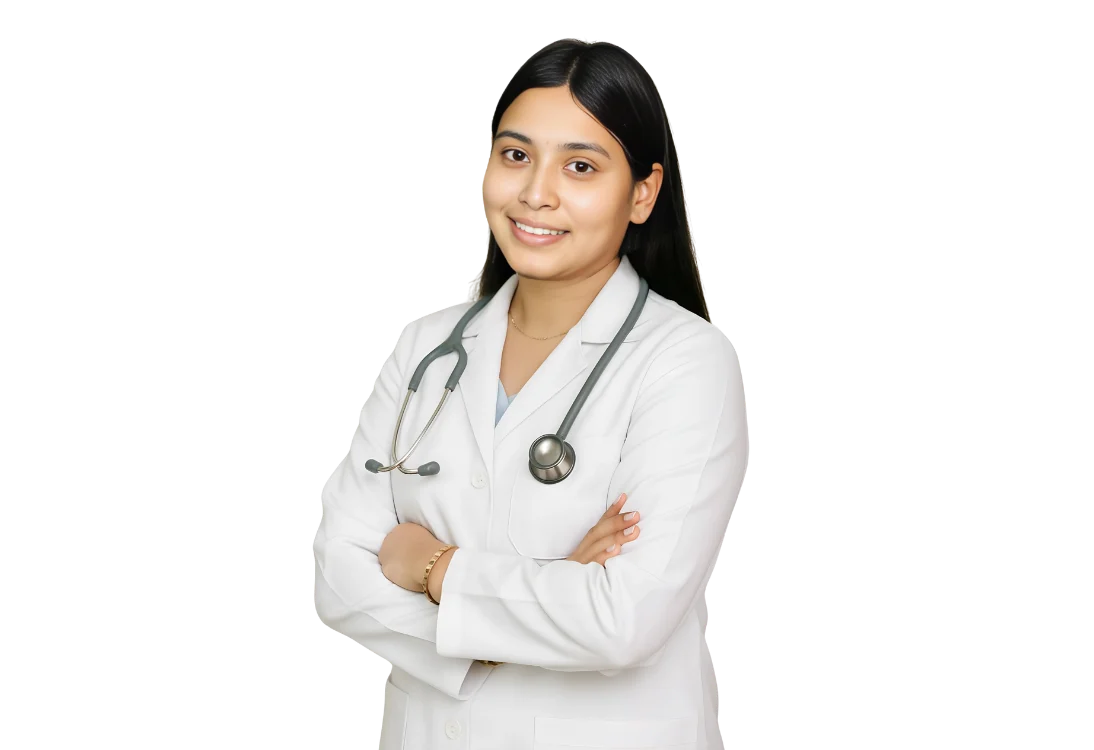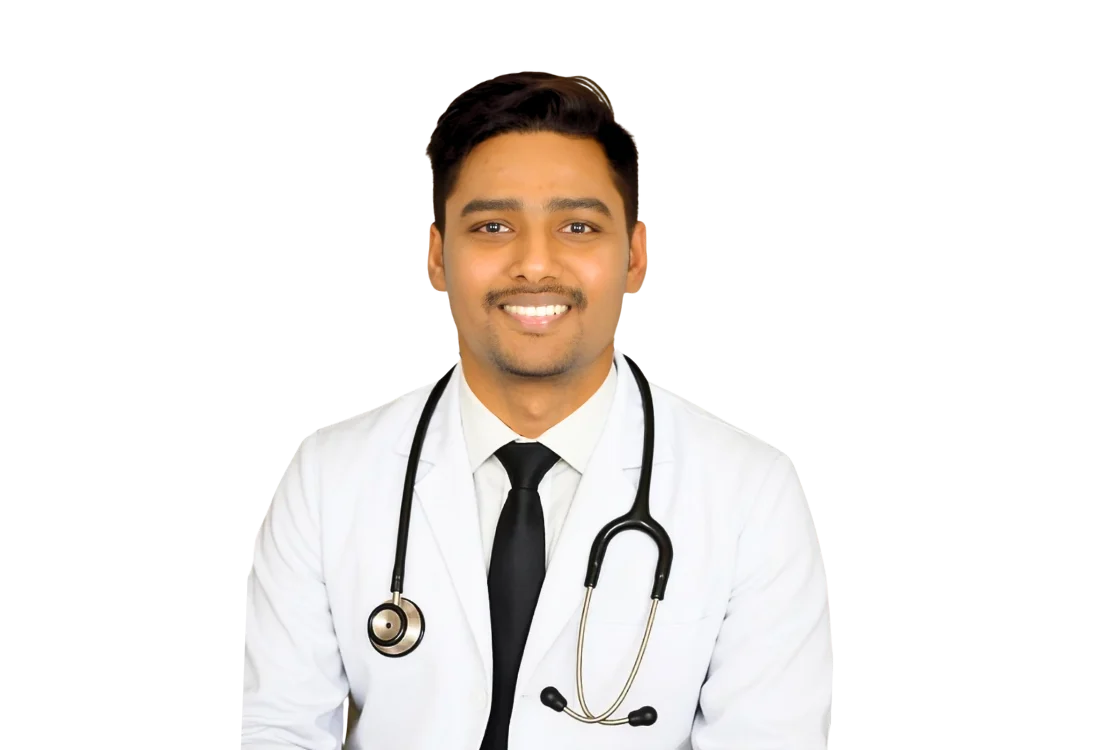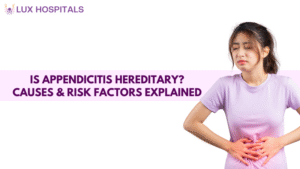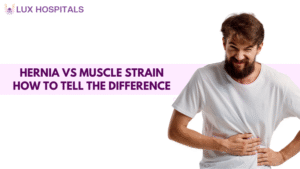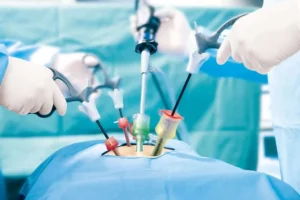Difference Between Gallbladder Pain and Abdominal Pain: Understanding the Causes, Symptoms, and Treatments
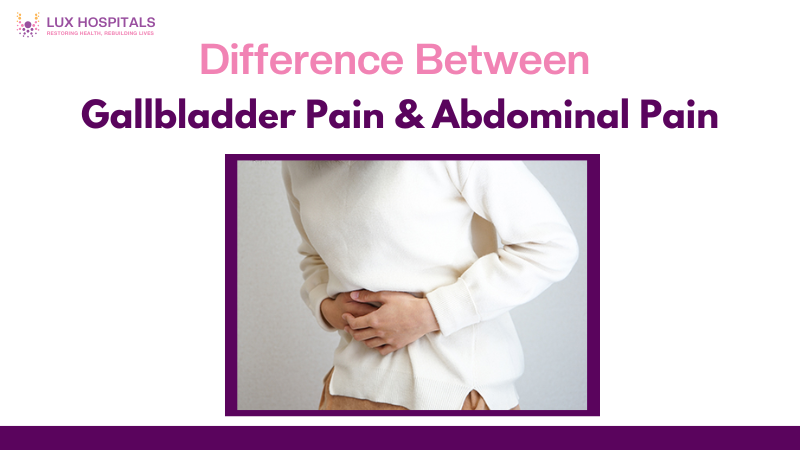
Almost everyone experiences some form of abdominal pain at some point in life. It’s a broad term ranging from mild discomfort to severe, sharp pain. But when pain seems to center around the upper right part of your abdomen, especially after eating, you might be dealing with gallbladder pain. For appropriate treatment, it is essential to distinguish between the two.
This guide we will explore the differences between gallbladder pain and abdominal pain, how to recognize gallbladder pain symptoms, and what treatment options are available for each.
What Is Gallbladder Pain?
Gallbladder pain is discomfort in the gallbladder, a small organ under the liver. The gallbladder stores bile, a digestive fluid that helps break down fat. When the bile flow is blocked, or the gallbladder becomes inflamed, it can result in sharp, intense pain often confused with general abdominal pain.
Common Causes of Gallbladder Pain:
- Gallstones: Hard deposits of bile that block ducts.
- Cholecystitis: Inflammation of the gallbladder.
- Biliary dyskinesia: A poorly functioning gallbladder.
- Gallbladder sludge: Thickened bile that may form stones.
What Is Abdominal Pain?
Unlike gallbladder pain, which is localized, abdominal pain can occur anywhere in the abdomen from the ribs to the pelvis. It may feel like cramps, bloating, sharp stabs, or dull aches.
Common Causes of Abdominal Pain:
- Gastrointestinal issues: Gas, bloating, indigestion, constipation.
- Infections: Urinary tract infections or food poisoning.
- Digestive disorders: IBS, ulcers, or celiac disease.
- Inflammatory conditions: Appendicitis, Crohn’s disease.
- Reproductive issues: Especially in women, such as ovarian cysts or endometriosis.
- Lower abdominal pain is often linked with urinary or reproductive causes.
Gallbladder Pain vs. Abdominal Pain: Key Differences
Feature | Gallbladder Pain | Abdominal Pain |
Location | Upper right abdomen | Can be upper, lower, or central |
Type of Pain | Sharp, steady, may radiate to shoulder | Can be dull, crampy, sharp, or intermittent |
Triggers | Fatty meals, fasting | Varies: food, infection, stress |
Associated Symptoms | Nausea, vomiting, fever, jaundice | Bloating, diarrhea, constipation, urinary symptoms |
Duration | Can last from minutes to hours | Varies greatly based on cause |
How Do Doctors Diagnose Gallbladder and Abdominal Pain?
Medical History and Physical Exam
Doctors first assess your symptoms, location of pain, and any food or activity triggers.
Imaging and Tests
- Ultrasound: Best for diagnosing gallbladder pain and gallstones.
- CT scan: Useful for broader causes of abdominal pain.
- HIDA scan: Assesses gallbladder function
- Blood tests: Evaluate liver and pancreatic enzymes.
- Urinalysis: Rules out urinary tract infections for lower abdominal pain.
An accurate diagnosis helps avoid mismanagement and ensures correct gallbladder pain treatment or abdominal pain care.
Gallbladder Pain Treatment Options
Treatment depends on the underlying cause of gallbladder pain.
1. Dietary Modifications
- Avoid fatty, greasy foods.
- Eat small, regular meals.
- Stay hydrated.
2. Medications
- Pain relievers.
- Antispasmodics to reduce bile duct spasms.
- Antibiotics for infection.
3. Surgical Treatment
- Laparoscopic cholecystectomy: The most common procedure for gallbladder pain treatment.
- Minimally invasive, with quicker recovery times.
4. Post-Surgery Recovery
- Gradual reintroduction of foods.
- Managing bloating and bowel changes.
- Follow-up to ensure no complications.
When surgery is needed, it offers long-term relief from gallbladder pain symptoms and prevents recurrence.
Abdominal Pain Treatment Options
Unlike gallbladder pain, treatment for abdominal pain varies widely depending on the cause.
1. Diet and Lifestyle Changes
- High-fiber diet for constipation.
- Probiotics for digestion.
- Adequate hydration.
2. Medications
- Antacids or proton pump inhibitors for ulcers or acid reflux.
- Antibiotics for infections.
- Pain relievers (non-opioid).
3. Targeted Treatments
- Appendectomy for appendicitis.
- Hernia repair surgery
- Treating reproductive causes in women (e.g., ovarian cyst removal).
4. Chronic Abdominal Pain Management
- For conditions like IBS, stress management, diet tracking, and long-term medications help.
If you’re experiencing lower abdominal pain, To rule out more serious disorders, see a doctor if the problem is particularly persistent or getting worse.
When to Seek Medical Attention?
Whether it’s gallbladder pain or general abdominal pain, some symptoms warrant urgent care:
- Severe, persistent pain.
- High fever and chills.
- Vomiting or diarrhea that doesn’t stop.
- Jaundice or yellowing of the eyes.
- Blood in vomit or stool.
- Fainting or dizziness.
Ignoring gallbladder pain symptoms can lead to gallbladder rupture or infection, while untreated abdominal pain could mean delayed care for appendicitis or other emergencies.
Preventive Tips for Gallbladder and Abdominal Health
- Eat a balanced, low-fat diet.
- Avoid overeating and fasting for long periods.
- Stay active to support digestion.
- Manage stress, which can worsen abdominal pain.
- Stay hydrated to prevent gallstone formation.
Good digestive health habits can reduce your risk of experiencing both gallbladder pain and abdominal pain.
Conclusion
Understanding the difference between gallbladder pain and abdominal pain is more than just a matter of medical curiosity—it’s crucial for getting the proper treatment at the right time. Gallbladder pain typically strikes the upper right side and is closely linked to eating habits and gallstones. In contrast, abdominal pain can result from a wide variety of causes and occur anywhere in the belly.
Do not disregard signs of gallbladder pain or any other kind of chronic stomach discomfort. See a doctor as soon as possible to receive the right diagnosis and treatment. Effective treatments for gallbladder discomfort and abdominal health issues are available, whether they involve dietary modifications, medication, or surgery.
Frequently Asked Questions
Yes, the gallbladder can cause abdominal pain, especially in the upper right part of the abdomen. The right shoulder or back may experience this soreness, which frequently happens after consuming fatty meals.
Resting is the quickest approach to alleviate gallbladder pain, avoid fatty foods, and take doctor-prescribed pain relievers or antispasmodics. In severe cases, medical treatment or gallbladder removal may be necessary.
Gallbladder issues are confirmed through medical evaluation, including blood testing, physical examinations, and imaging tests like CT and ultrasound or HIDA scan to detect inflammation, gallstones, or blockages.
Gallbladder pain can last from a few minutes to several hours, typically worsening after eating fatty meals. Medical help is required if the discomfort continues or gets worse.
Not typically. Gallbladder pain is usually felt in the upper right abdomen. Lower abdominal pain is more often related to issues like urinary infections, reproductive health problems, or intestinal issues
Yes, it’s possible. For example, someone might have gallbladder pain due to gallstones and also experience abdominal pain from bloating or indigestion. It’s important to consult a doctor for a complete diagnosis.








